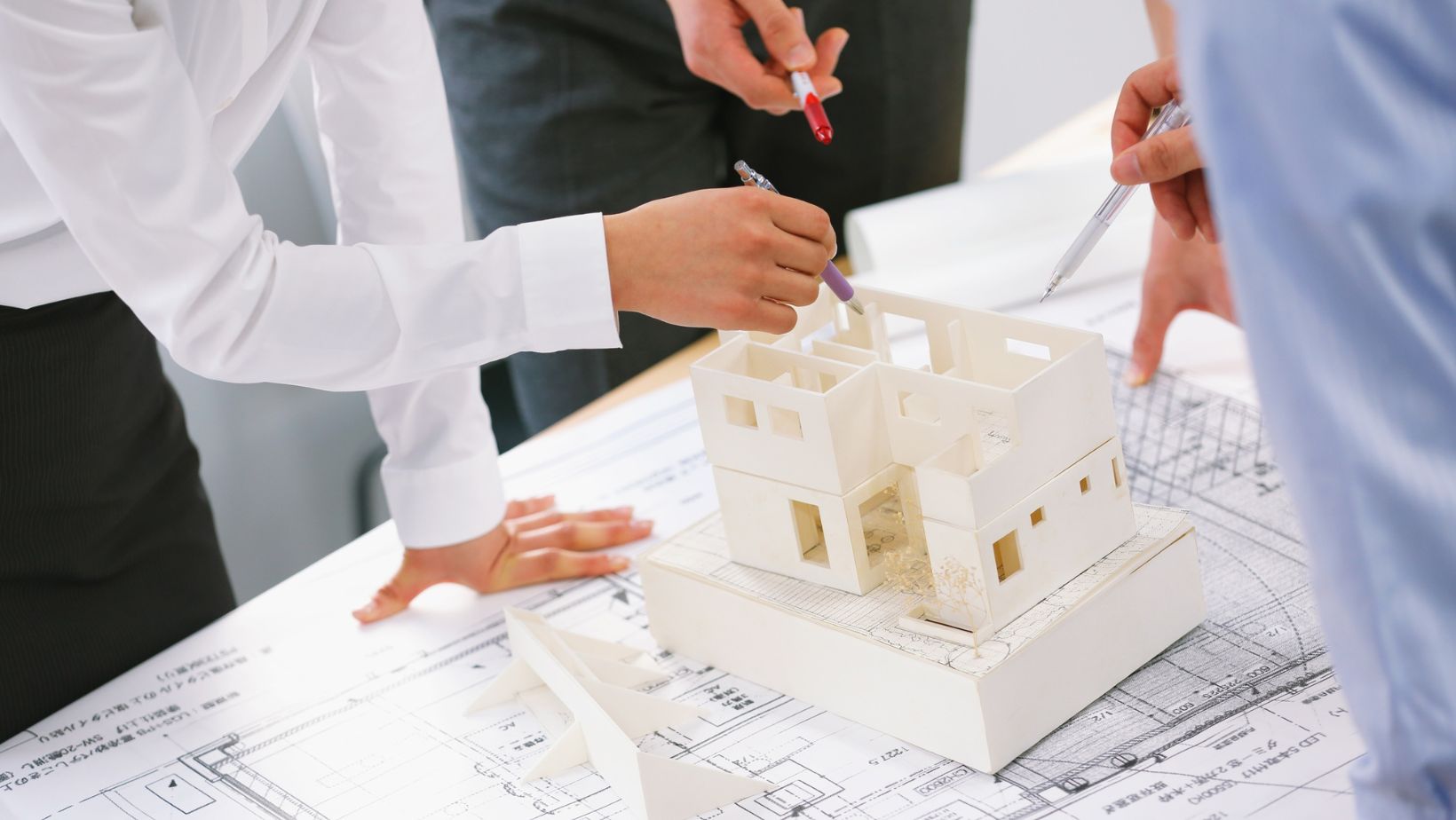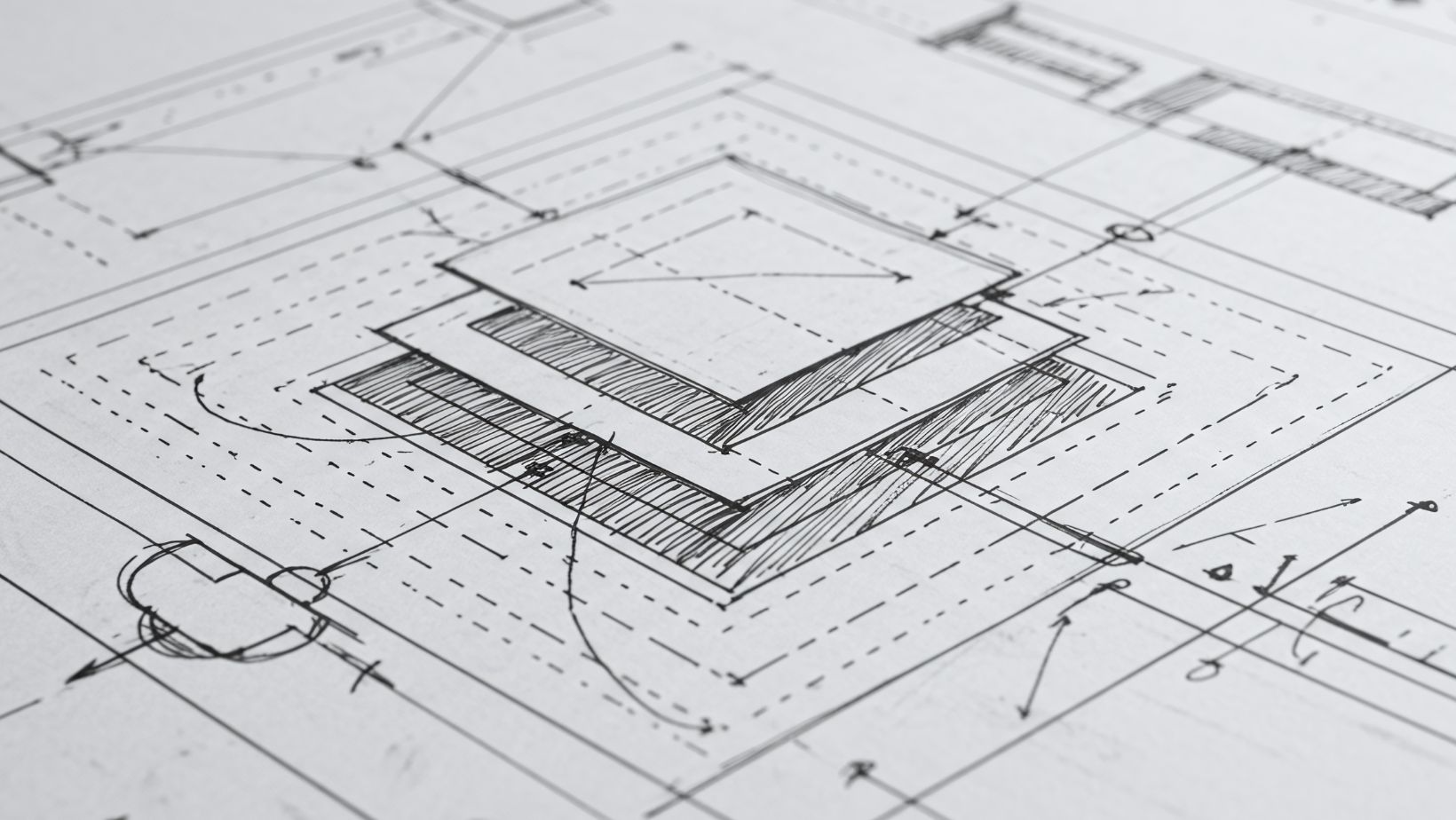
Climate change has turned what were once “once-in-a-century” floods into far more frequent events. For architects, designers, and homeowners, that means rethinking how we build, not just for beauty or comfort, but for endurance. As water patterns shift and rainfall intensifies, resilience has become a design principle in its own right.
Incorporating flood-resistant strategies into the built environment doesn’t mean sacrificing aesthetics. On the contrary, the best designs find harmony between form and function, creating homes that are both elegant and able to recover quickly from the elements. While post-event flood cleaning services remain crucial for restoration, the conversation increasingly centres on prevention through smart design.
Understanding Flood Risk in Design
Flooding is no longer limited to coastal regions or riverbanks. Urban sprawl, inadequate drainage, and the replacement of natural landscapes with impermeable surfaces have increased surface runoff even in cities. The architectural challenge lies in anticipating this risk before the first foundation is laid.
Site assessment is the foundation of flood-resilient architecture. Evaluating soil type, elevation, and historical water patterns helps architects identify the safest placement for a structure. Some projects require elevating the main living areas above projected flood levels, while others use creative landscaping to divert water naturally away from the property.
Materials That Endure
Material choice is critical when designing for flood resilience. Traditional timber flooring and drywall often fail under prolonged exposure to moisture, whereas materials like polished concrete, ceramic tiles, marine-grade plywood, and closed-cell insulation offer superior durability.
Finishes should also be chosen with recovery in mind. Washable paints, stainless steel fixtures, and moisture-resistant sealants can dramatically reduce restoration time after water exposure. The goal isn’t to make a building floodproof, since that is rarely possible, but to ensure it can dry quickly, resist mould, and return to usability with minimal replacement.
Landscape Design as Defence
The landscape surrounding a home can either contribute to or mitigate flood damage. Integrating sustainable drainage systems (SuDS), green roofs, and permeable paving helps slow runoff and absorb rainwater before it reaches the building envelope.
Rain gardens (shallow, vegetated basins that capture and filter stormwater) are another simple yet effective tool. They not only protect structures but also enhance biodiversity and visual appeal. Even modest adjustments to garden grading or planting can help guide water safely away from key living areas.
Interior Layout and Smart Planning
Thoughtful interior design can make a significant difference in how a home recovers from flooding. Electrical outlets placed higher on walls, raised cabinetry, and detachable skirting boards are practical ways to reduce water damage.
In multi-storey homes, placing living and sleeping spaces on upper levels provides both comfort and safety during high water events. Storage areas or utility rooms can occupy lower levels, fitted with durable materials and easy-to-clean surfaces.
Open-plan designs, while aesthetically appealing, can also aid in post-flood ventilation. The ability to circulate air quickly helps prevent moisture from lingering — one of the key factors in mould prevention.
Blending Sustainability and Safety
Sustainable design and flood resilience go hand in hand. Systems that manage water efficiently, such as rainwater harvesting or greywater recycling, not only reduce pressure on municipal infrastructure but also allow homeowners to make better use of natural resources.
Solar energy systems and off-grid utilities can ensure that essential power and water remain available during disruptions. Meanwhile, designing with local, low-carbon materials helps reduce the environmental footprint of rebuilding after future events.
The Role of Architecture in Emotional Recovery
Beyond structural and technical considerations, resilient architecture also supports psychological recovery. After a flood, a home represents more than shelter, it also symbolises stability. Spaces that feel open, light-filled, and connected to nature can play a quiet but important role in helping residents regain a sense of normalcy.
Architects are increasingly viewing resilience as both a technical and emotional responsibility. A well-designed home should be able to withstand not only physical pressure but also help its occupants recover from upheaval with dignity and ease.
Building for the Future
As extreme weather continues to shape urban and suburban life, the architectural profession has an opportunity to lead. By merging innovation with empathy, design can turn vulnerability into foresight. Flood-resilient buildings, through elevation, material integrity, and landscape design, represent a blueprint for living more harmoniously with nature, not against it.
Communities that invest in such strategies find that their recovery times shorten dramatically. And when water eventually recedes, they’re left not just with walls that stand, but with homes that adapt.





